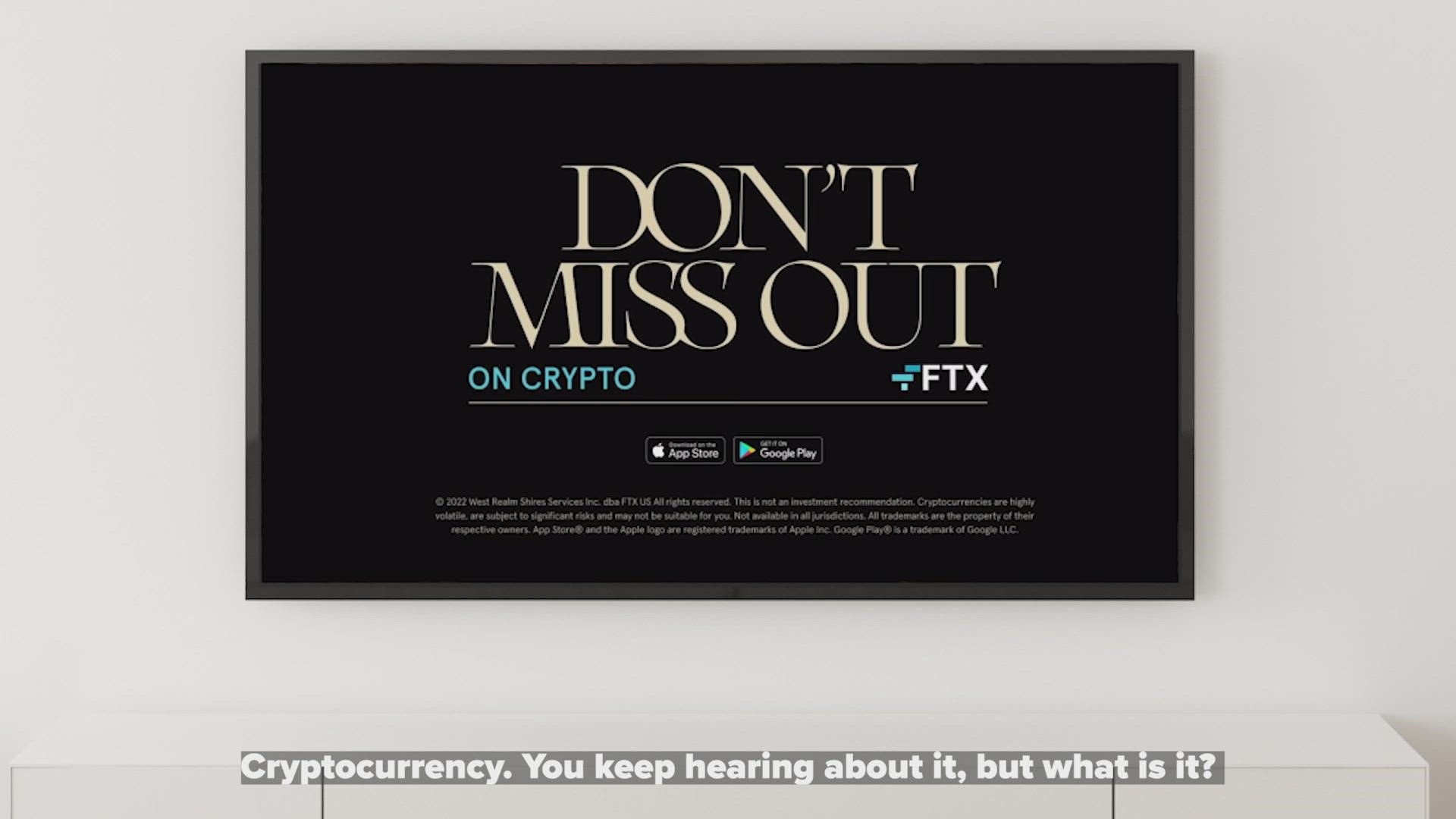WASHINGTON D.C., DC — Editor's note: The video above is from March 8, 2022.
The Biden administration has released objectives and analysis for the possibility of a digital dollar. The White House Office of Science & Technology released a report on Friday outlining how a digital dollar could work with an evermore digital economy.
"A United States central bank digital currency (CBDC) would be a digital form of the U.S. dollar," according to the report sent out from the White House. "While the U.S. has not yet decided whether it will pursue a CBDC, the U.S. has been closely examining the implications of, and options for, issuing a CBDC".
The White House says millions of people globally own digital assets, including 16% of adult Americans. While more people get comfortable with digital forms of currency, there are risks.
Eswar Prasad, a trade professor at Cornell who studies the digitization of currencies, said Treasury's report “takes a positive view about how a digital dollar might play a useful role in increasing payment options for individuals and businesses” while acknowledging the risks of its development.
He said the report sets the stage for the creation of agency regulations and legislation “that can improve the benefit-risk tradeoff associated with cryptocurrencies and related technologies.”
In March, President Biden signed an executive order, and for months agencies throughout the government say they have been looking to create a framework.
One major concern Americans have with digital currencies is security. The White House says many of these forms of digital currency mislead people regarding concerns and "almost a quarter of digital coin offerings had disclosure or transparency problems—like plagiarized documents or false promises of guaranteed returns" according to one study.
There are also concerns about scams and fraud, the FBI says monetary losses from digital assets were nearly 600% higher in 2021 than in 2020.
The Biden administration says the current financial system isn't working, leaving about 7 million Americans with no bank account.
"Another 24 million rely on costly nonbank services, like check cashing and money orders, for everyday needs. And for those who do use banks, paying with traditional financial infrastructure can be costly and slow — particularly for cross-border payments," according to a release from the White House.
Some of the steps the White House says need to happen prior to moving to more digital currency are:
- Work with financial institutions to bolster their capacity to identify and mitigate cyber vulnerabilities.
- Identify, track and analyze emerging strategic risks that relate to digital asset markets.
- Develop a digital assets research and development agenda.
- provide innovative U.S. firms developing new financial technologies with regulatory guidance, best-practices sharing, and technical assistance through things like tech sprints and Innovation Hours.
- Track digital assets' environmental impacts; develop performance standards; provide local authorities with the tools to mitigate harms.
The White House says the Financial Stability Oversight Council will publish a report in October that will look at regulatory gaps and will make recommendations for financial stability.
Read the full report below:
The Associated Press contributed to this report.

